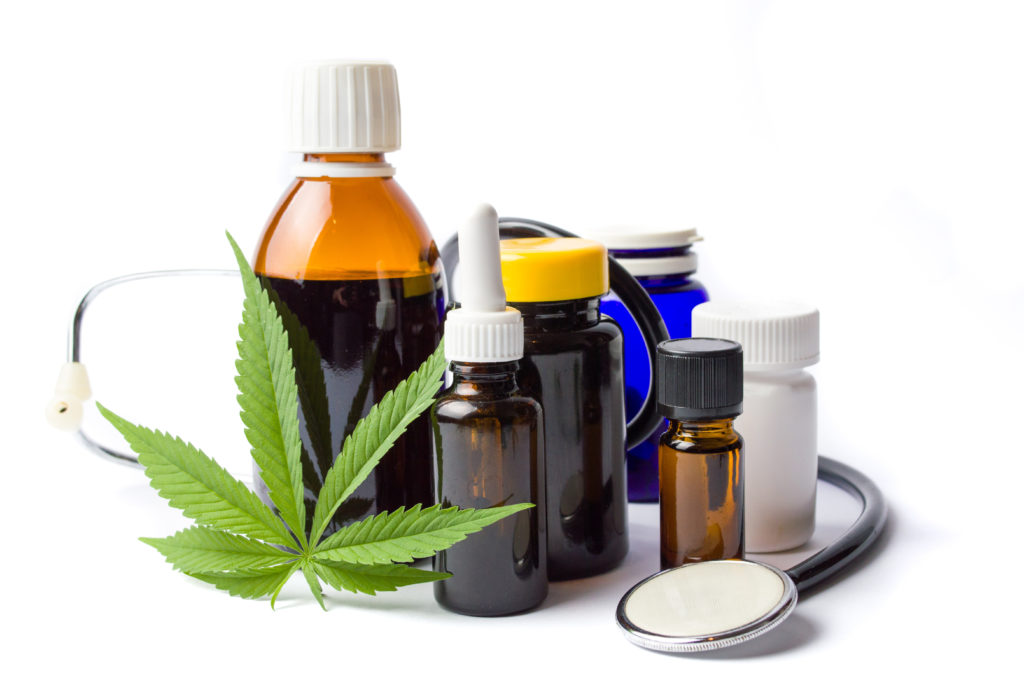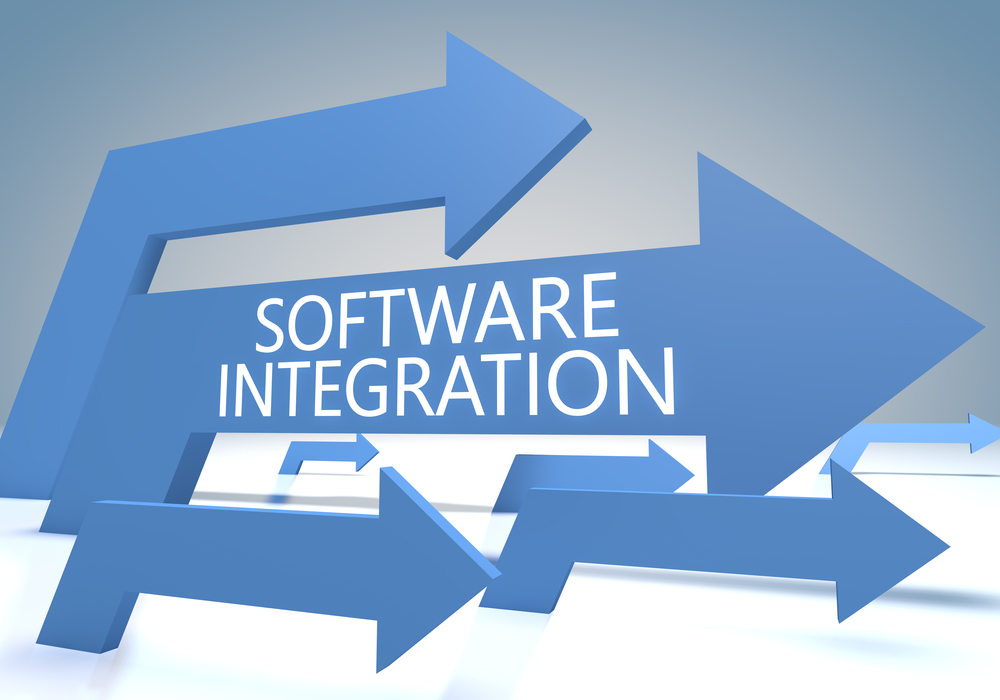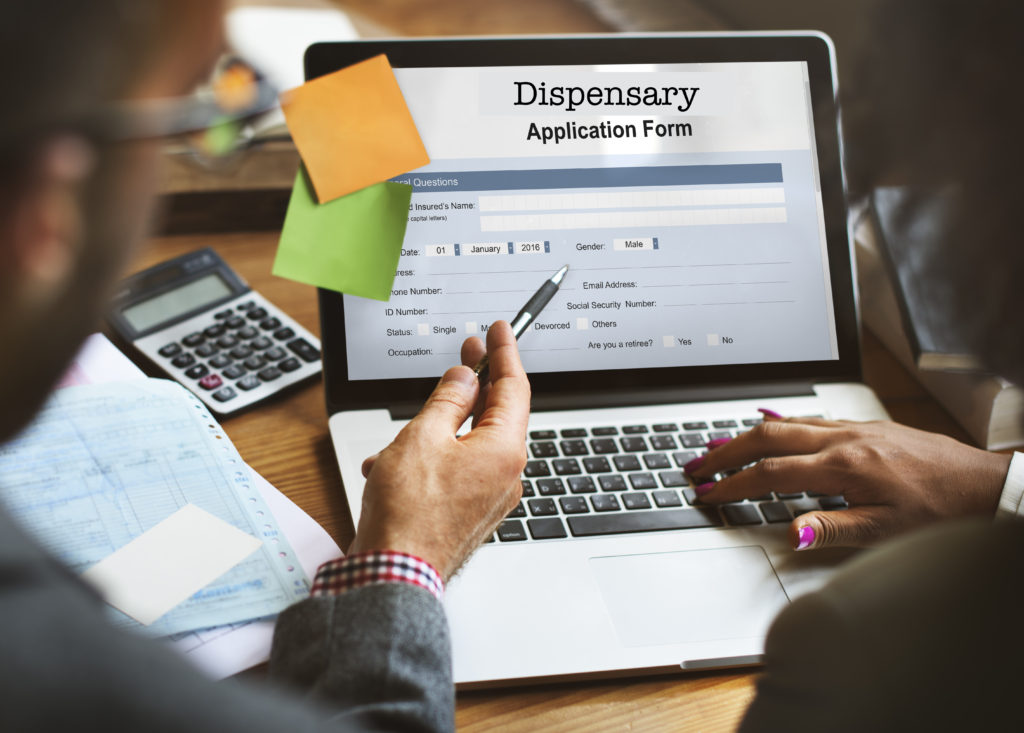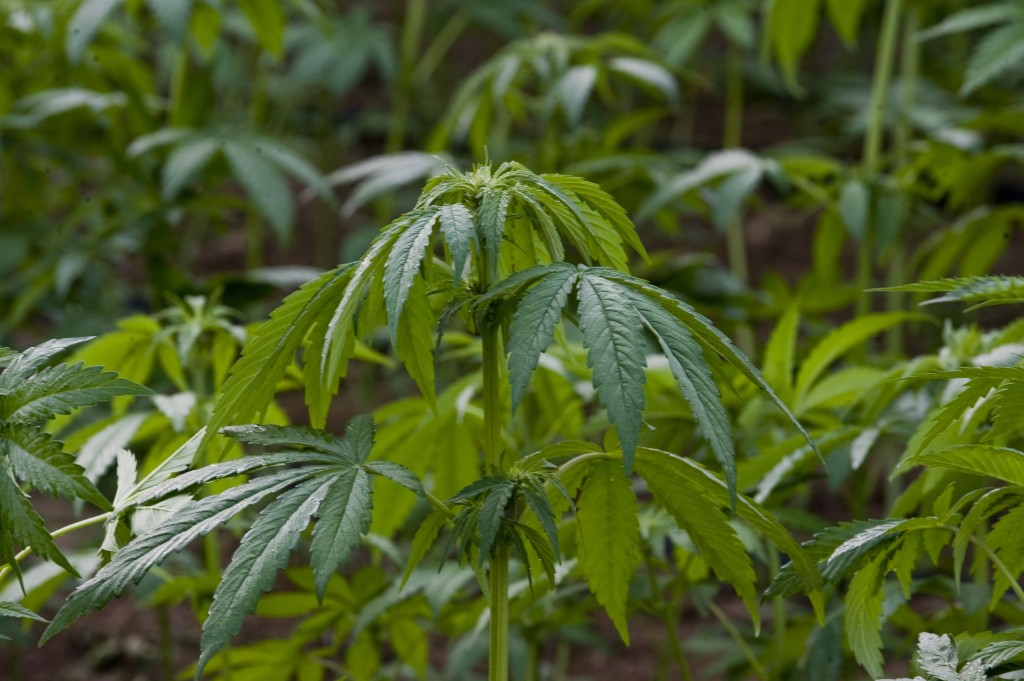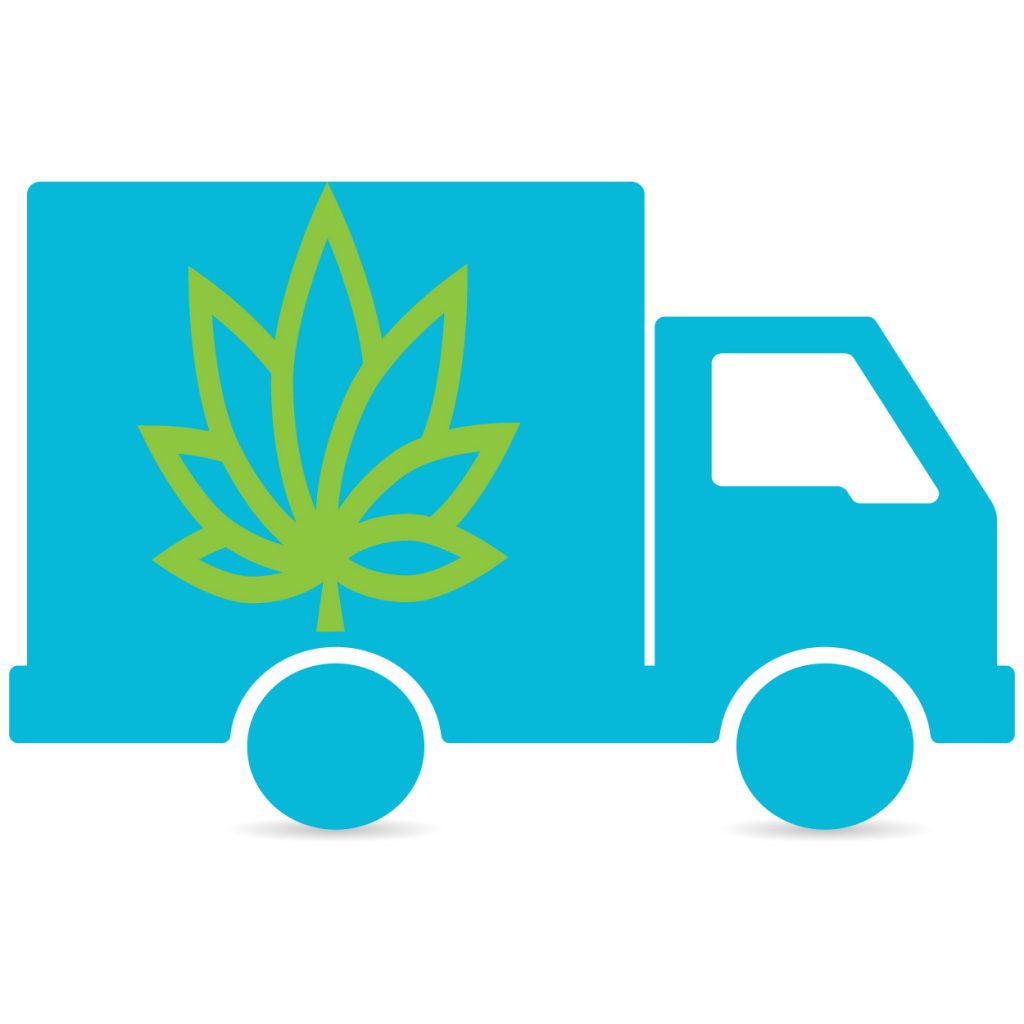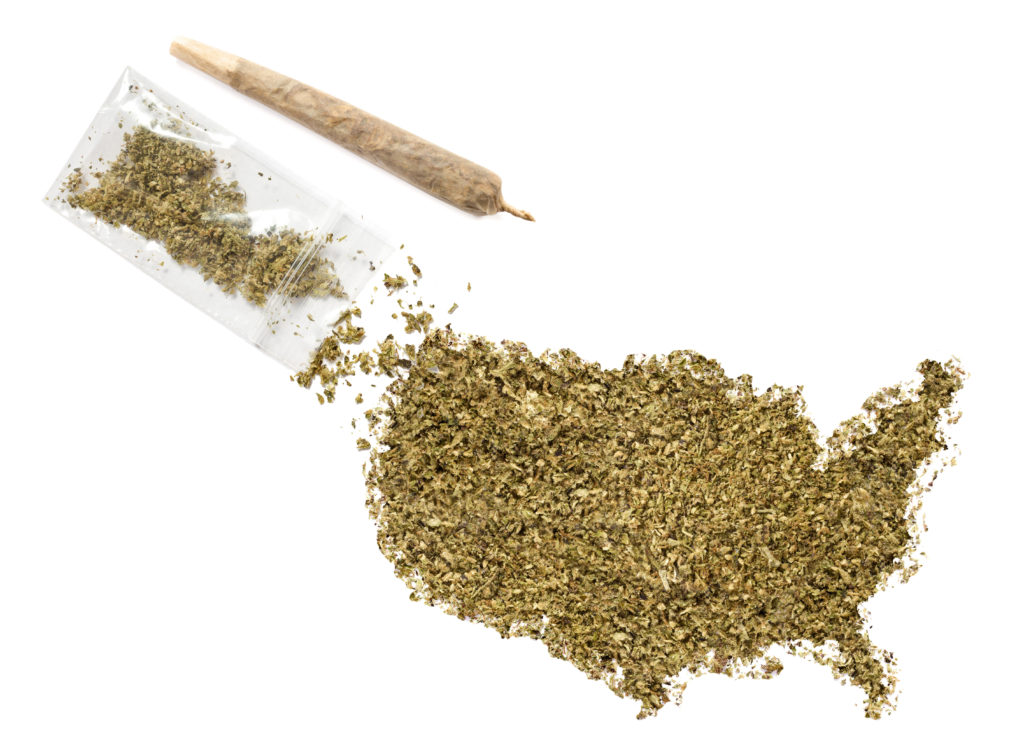Cannabis E-Commerce: 3 Adilas POS Options
Cannabis E-Commerce is an essential part of the successful cannabis business. There are many things to consider when choosing a cannabis e-commerce option for your cannabis business such as how customers will locate and access your site and how your categories and items will appear. Understanding how the customer will use your site will help to maximize its effectiveness.
Managing a menu in multiple places including your POS, in store signage and popular marijuana search engines like Leafly and Weedmaps can be time consuming. An integrated online menu and shopping experience will save your cannabis business valuable time and money.
There are three options for businesses that use Adilas POS to allow for online menus and ordering. Each may have benefits and drawbacks for your cannabis business so it is important to thoroughly explore your options before making a decision.
Cannabis E-Commerce: 3 Adilas POS Options
1. Purchase AdilasWPShop which is a WordPress, Woo Commerce and Adilas integration. This requires a little more initial set up than option #2 but is pretty easy for anyone familiar with WordPress and Woo Commerce to configure. It allows the most options for customization and search engine optimization (seo) for cannabis businesses without starting from scratch.
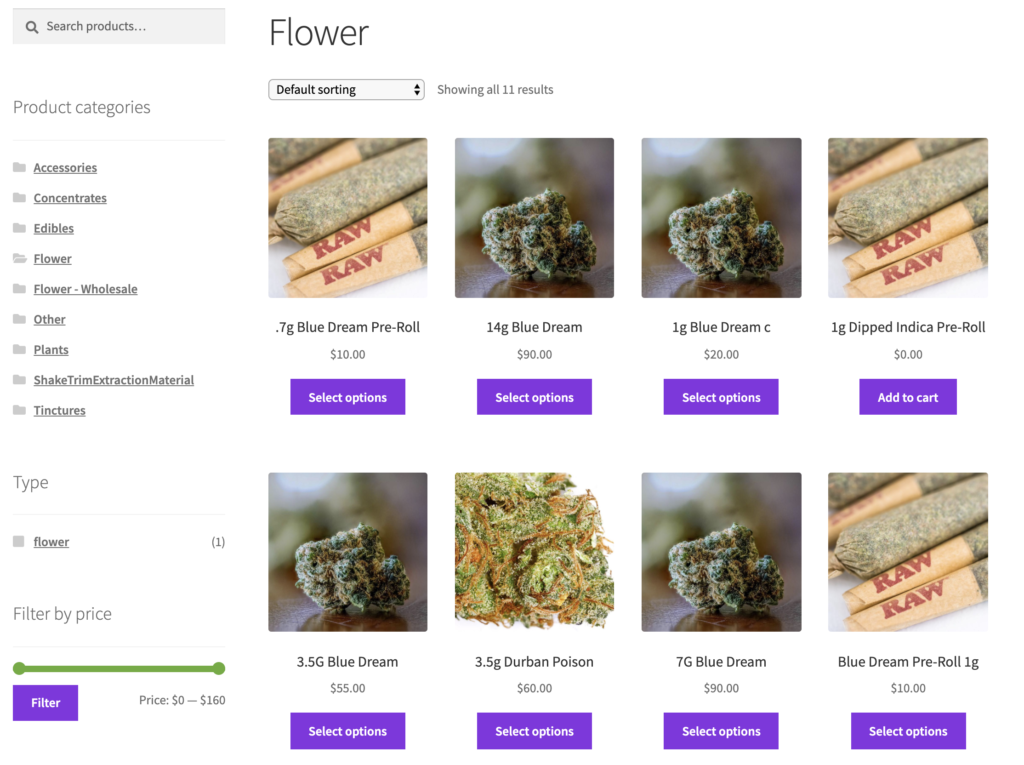
2. Get the Adilas e-commerce upgrade for a templated online menu. You can easily embed using an iframe or link the menu using a WordPress site and the Adilas shop. This takes a little set up by Adilas administrators. This will provide a link to a full menu and online ordering platform. Here is an example of an adilas shop. Here is an Adilas shop embedded on a wordpress website.
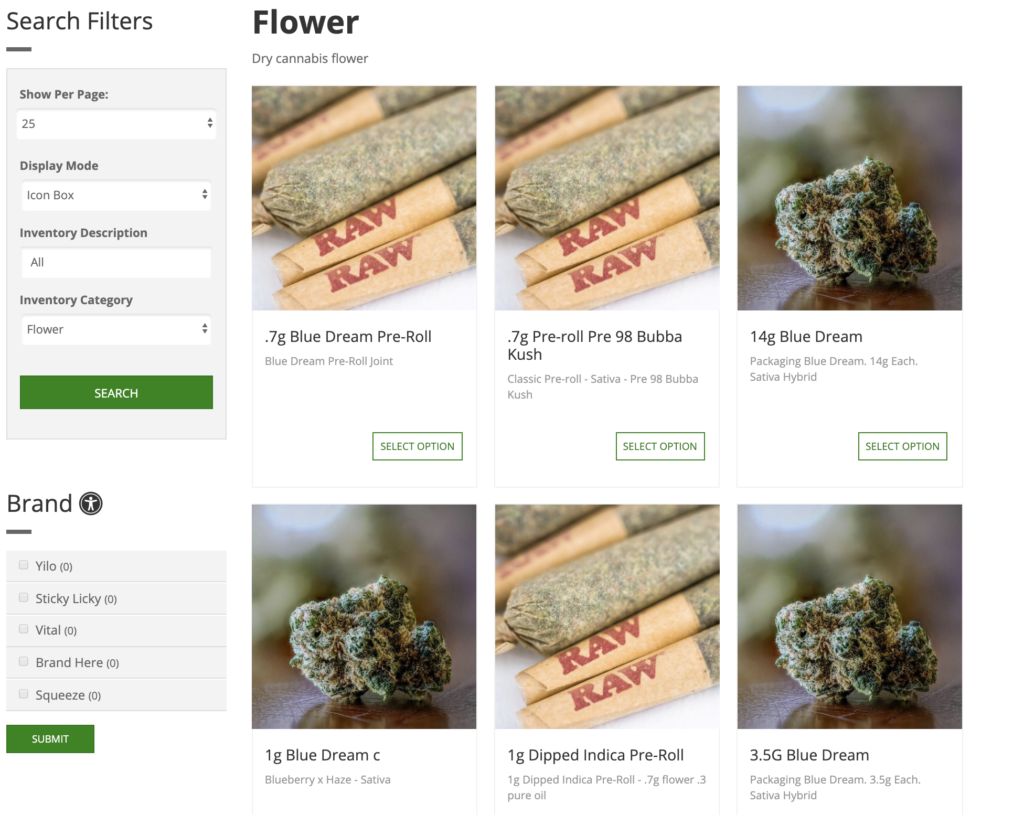
3. Build from scratch using Adilas Open API resources. A developer would use the available data points to create a custom solution. Adilas does require an API validation program to protect adilas customer data. Adilas420 can assist you specifically with cannabis formatting and concerns. This is not recommended for those new to Adilas and is usually a larger project than most anticipate. Leafbuyer, Leafly and iHeart Jane are other third party solution examples of using an Adilas API integration for online menus.

Let Adilas420 help! Contact us today to discuss the options and decide which cannabis e-commerce solution is right for your cannabis business.










